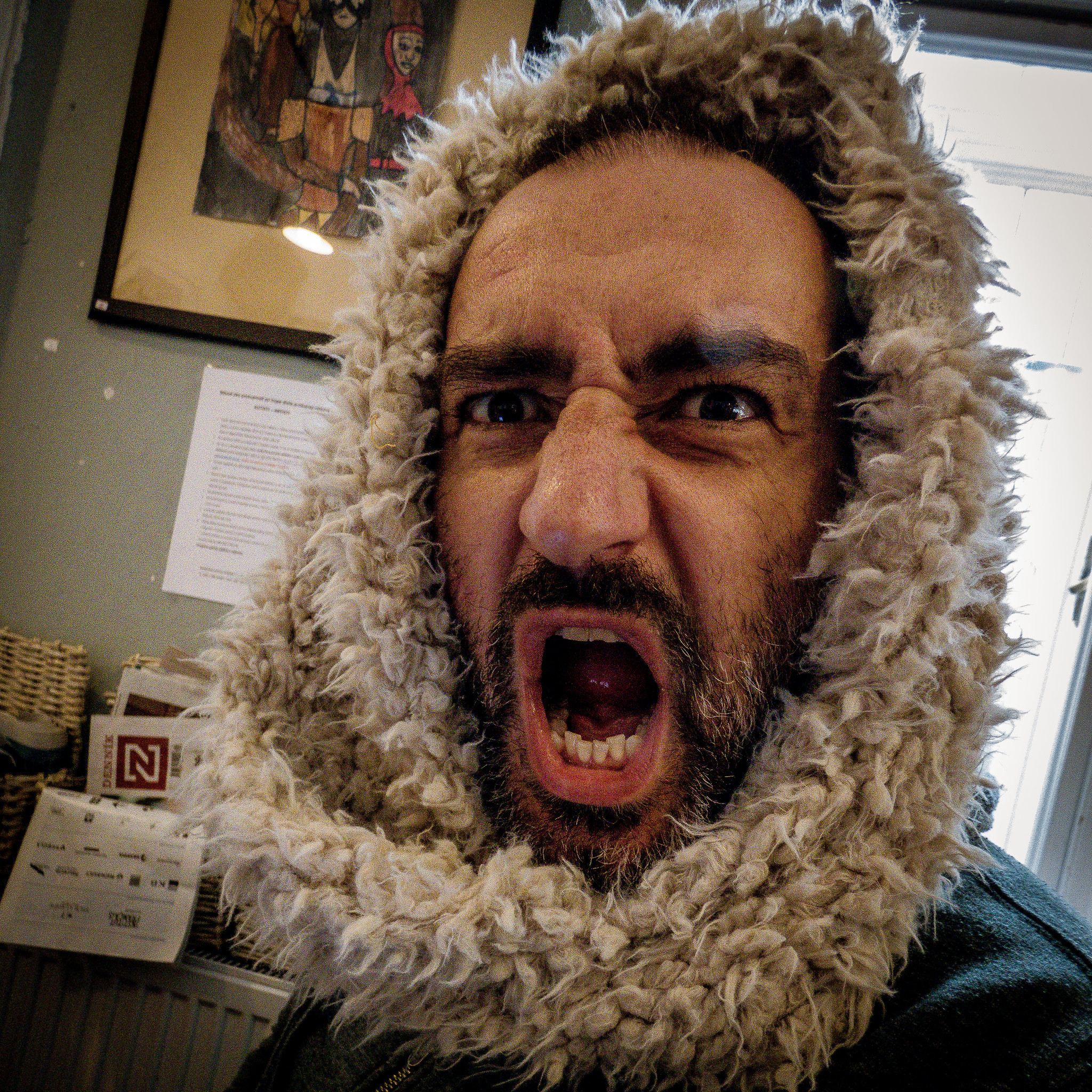The micro-app The Soundtrack of Here uses the radio aporee API in a playful manner to generate the soundtrack of the places you pass through.
In this project’s “Armchair mode”, you can continuously add locations, with the micro-app adding nearby sounds to construct a playlist, a soundtrack, of the places you have virtually moved through.
In “Outdoors mode”, you’re expected to move around. As you move, nearby sounds are added to your playlist, constructing the soundtrack of the places you are moving through.
You can’t jump through the playlist, you can only jump to the next sound. You can’t go back, but you can restart the current sound.
If you move fast enough, your playlist will never run-out. Or, rather, after, at the moment, listening to the some 50.000 sounds on radio aporee.
Obviously, the “Outdoors mode” works best in denser areas, where contributors to radio aporee have left more sounds.
In central London, a few hundred sounds are available, Berlin has a few thousand.



One thought on “The soundtrack of here”